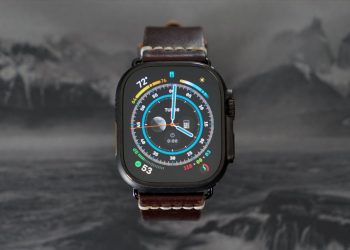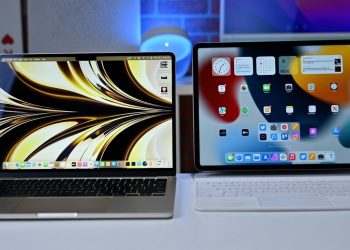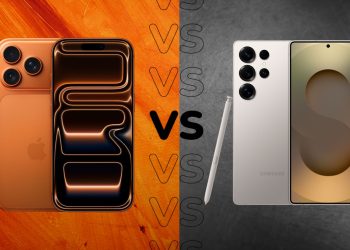Apple Smart Glasses: Shifting Focus from Vision Pro
Apple’s Vision Pro and visionOS introduced in 2023 marked a huge leap in spatial computing. However, reports now suggest that Apple is shifting priorities. Resources are being moved from the Vision Pro project to focus more on smart glasses. This could delay the Vision Pro’s expected 2027 release.
Bloomberg reports that Apple has prioritized the development of smart glasses. This could mean that the Vision Pro’s lighter version, initially planned for 2027, might not arrive on schedule.
The Smart Glasses Revolution
Smart glasses are becoming more popular, notably through products like Ray-Ban Meta glasses, which combine cameras, microphones, and speakers. Apple’s move towards smart glasses marks a shift from the immersive experience of the Vision Pro. Instead of offering a complete spatial computing platform, these smart glasses will offer more basic functions like voice control and camera use.
Apple’s new smart glasses, codenamed N50, will lack a display. They will focus on voice-controlled interactions and will connect with an iPhone. These glasses would directly compete with Meta’s smart glasses, providing a simpler, more affordable option compared to the Vision Pro.
Read Also
- iPhone 17 Pro and iPhone Air Durability Tested in Bend and Drop
- iPhone Air Earns 7/10 iFixit Repair Score
- Apple Foldable iPhone: What to Expect
- Apple Product News and Reviews
Apple’s Shift in Priorities
Apple’s teams are highly specialized. According to reports, they were pulled from the Vision Pro to focus on smart glasses. The N50 glasses will use a different tech stack compared to the Vision Pro, which targets a more immersive experience. This shift could be the result of Apple’s smaller, focused development teams working on multiple projects at once.
What Does the Future Hold for Apple’s AR Glasses?
The Apple smart glasses currently under development will not have augmented reality (AR) features. Instead, the N50 will focus on simple functions like camera use and voice control. These smart glasses are separate from the long-rumored Apple AR glasses, which would offer a fully immersive experience.
Apple is also reportedly working on a successor to the N50 with a display. This more advanced model might not arrive until 2028. For now, Meta is also pushing forward with AR glasses and plans to release a version with two displays by 2027. However, their Orion prototype still faces challenges and could be expensive to produce.
Apple Smart Glasses: A New Product Category
Apple’s smart glasses represent a new category separate from the Apple Vision Pro and visionOS. While it’s still unclear how the smart glasses will integrate into the Apple ecosystem, it’s possible they’ll evolve from something like AirPods. Apple has already explored adding sensors and cameras to AirPods, which could make them a halfway step towards smart glasses.
These Apple smart glasses will likely connect with the iPhone, Apple Watch, and AirPods, providing seamless integration. This ecosystem advantage gives Apple a significant edge in the smart glasses market, positioning them as an accessible wearable option.
Meta vs. Apple: The Market for Smart Glasses
Meta’s Ray-Ban Meta glasses have not yet become mainstream, with around 2 million units sold from October 2023 to February 2025. In contrast, Apple Vision Pro has also seen limited sales since its launch. Although priced much higher, Meta’s smart glasses are still not reaching their full potential, partly due to concerns about privacy.
Apple, however, could see more success with smart glasses due to its reputation for quality products. Its established ecosystem of devices would allow these glasses to seamlessly integrate with existing products, attracting more consumers than Meta’s offerings.














